
For some industries, selling season passes is a necessity, not a luxury. A strong subscriber base ensures longevity and sustainability for season products or series. Season passes offer the best seats at a discounted price, and often come with other special VIP perks — a win-win for buyers and sellers alike.
However, during an economic downturn, convincing people to spend their money on future experiences is tricky. Which is why it’s important now more than ever to explore fun, creative ways to prove your company’s value proposition to your target audience.
Whether you’re a ski resort, theater company, or sports arena, these three marketing tactics will help you increase season pass sales.

1. Segment Your Target Audience
Many organizations make the mistake of lumping all of their sales efforts into one advertisement, resulting in ineffective, impersonal marketing. If the people you’re targeting have never heard of your ski resort or theater before, how can you expect them to commit to a larger investment of both their time and money?
By building a different campaign (specifically, messaging) for each of your target audiences — including last year’s passholders, potential passholders, and even one-time visitors — you’ll be able to more accurately appeal to their specific interests or relationship to your brand.
Using incentives and creating urgency can work for recent passholders, but it may not convert customers who have only been to your establishment once or twice. For them, try highlighting specific family-friendly events or exclusive season passholder discounts instead.
You can even disseminate an incentivized survey to last year’s passholders (which could double as an ad) to learn more about what made them buy your season pass. This data can help you optimize all variations of your season pass campaigns.
2. Start Selling Season Passes During the Off-Season

To increase season pass sales, promote your off-season events — like Christmas in July at your ski resort or winter lights festivals at your amusement park — and take advantage of user-generated content on social media to show your customers enjoying your establishment all year long.
Advertise your season passes around specific holidays, like Christmas or Valentine’s Day, to make gift-giving convenient during your busy season and off-season. Other buzz-worthy launches, like a brand-new exhibit, cast, ride, or ski lift can help you build excitement during these slower months.
3. Diversify Your Advertising Methods
While sending mailers to prospective season passholders and hanging up flyers around your establishment can help spread the word about membership opportunities, they’re not the only ways to increase season pass sales.
Multichannel programmatic campaigns are especially effective for highlighting some of the most popular perks of your organization’s season pass offerings through creative, innovative mediums like video and animation. Not only do video ads provide a 48% higher sales rate than static ads, but they also do a better job at building consumer trust. Using video gives marketers a better opportunity to tell their brand story — which creates a bond with customers — or sell a product in a visually appealing way.

Digital out-of-home (OOH) advertising — digital signage and point-of-purchase screen ads — also has its place. Investing in these advertising methods can help your brand market to a wide range of customers who may be interested in season passes.
By applying these three tips, you’ll be better equipped to find and engage new and existing customers to increase season pass sales. However, for truly optimal campaigns, consider partnering with Power Marketing. We’ve helped organizations from a wide variety of industries build creative, effective ad campaigns that sell season passes year after year.






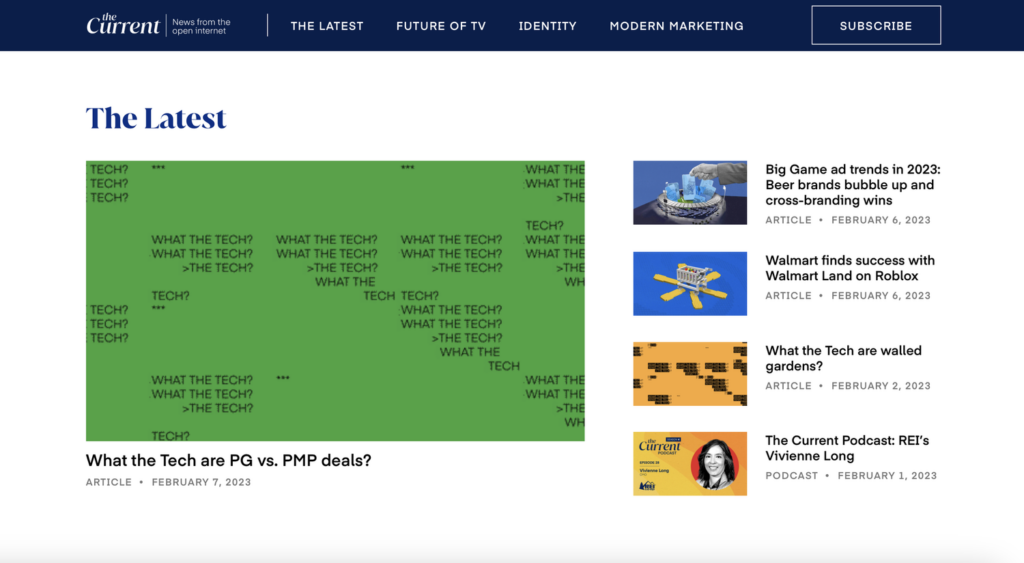
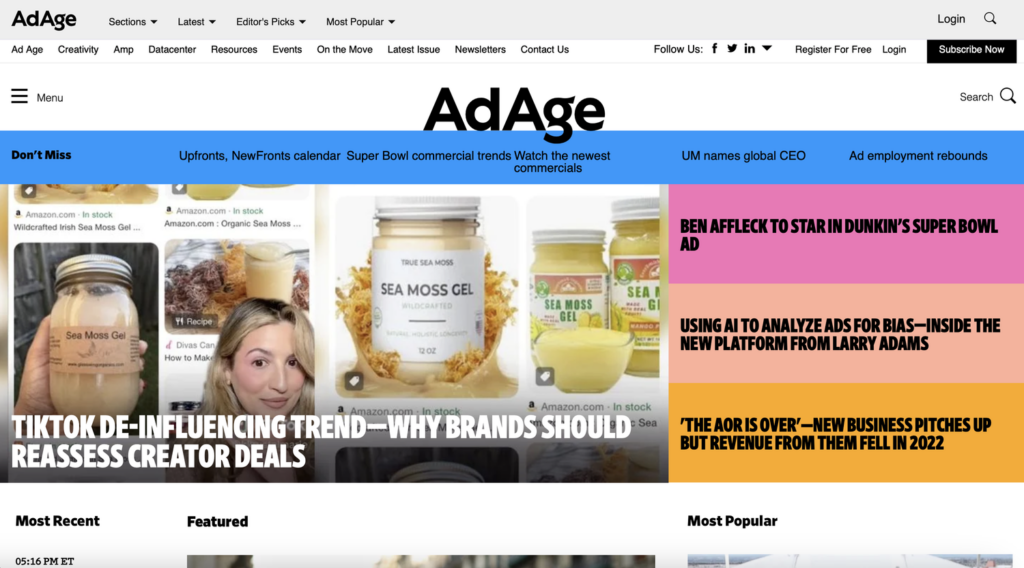
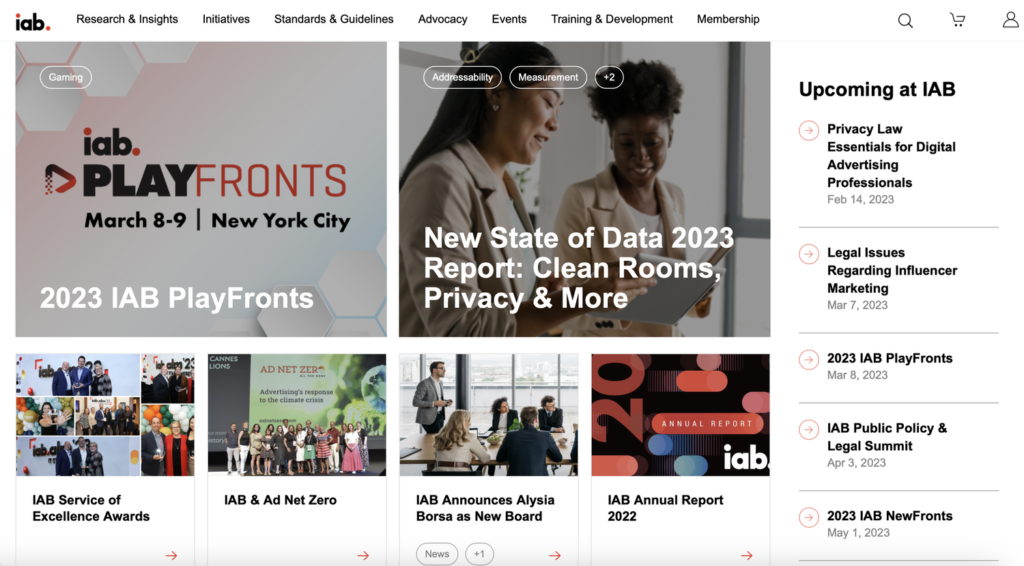
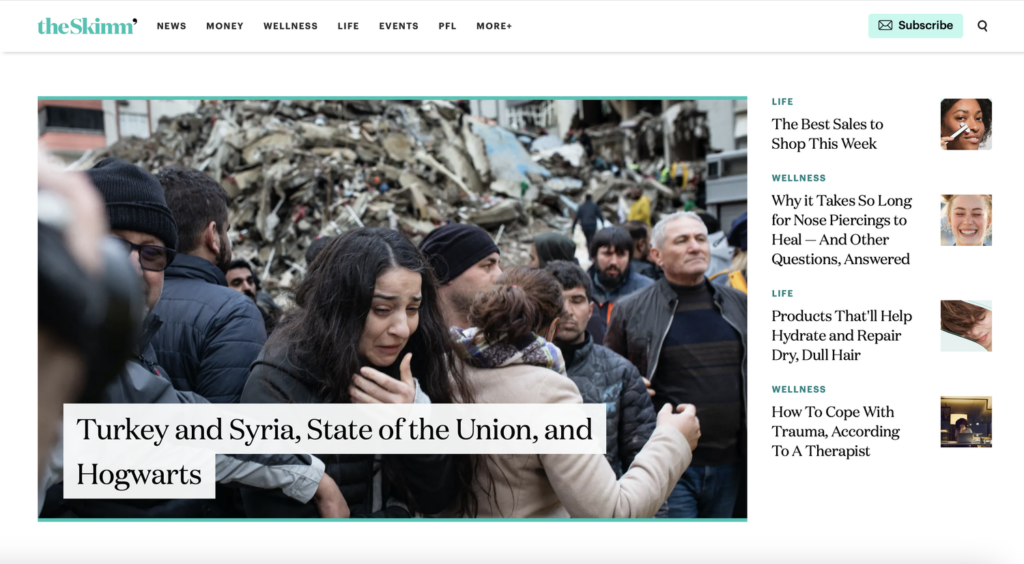
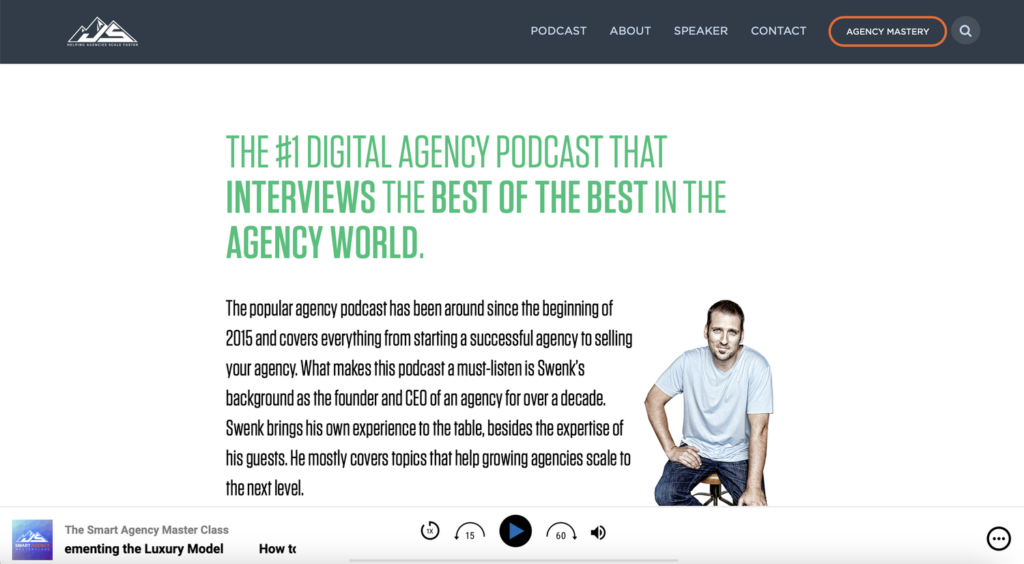


 As streaming TV services continue to grow in popularity, so does streaming TV advertising. Advertising on streaming services enables you to reach more consumers as
As streaming TV services continue to grow in popularity, so does streaming TV advertising. Advertising on streaming services enables you to reach more consumers as 



 When running a broadcast TV campaign, localize your creative to ensure it resonates with audiences in different places.
When running a broadcast TV campaign, localize your creative to ensure it resonates with audiences in different places.